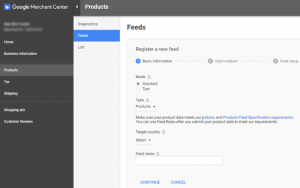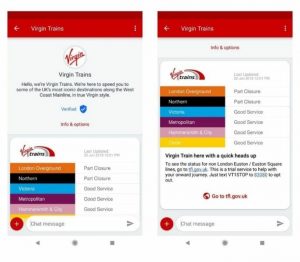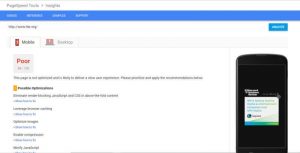Google Calls Out Mapping Challenges And How Data Contributes To Solutions
Rides and deliveries serve people at critical times, says Google Senior Product Manager Eli Danziger — “when the stakes are high to deliver a great product experience” from companies supporting the service.
Danziger calls out some of those times when people are rushed to get to the airport on time and getting matched with a nearby Uber or Lyft driver can mean the difference between making or missing a flight.
The post doesn’t refer to timing data, but in 2017, Google engineers began using technology to estimate table wait times at restaurants in search results using a variety of data. They wrote about using data to make just about anything possible.
I believe this is the difference between businesses and consumers using the data. Uber Eats uses data and algorithms to determine order and delivery times for food, including the time it takes to search, order and park the car to make the delivery.
Going beyond mapping data, Google needs to ensure that APIs work effectively for rides and deliveries. For example, users hailing a ride often begin typing their location and then choose from an option surfaced through the use of Places Autocomplete.
Making the process as helpful and as quick as possible, Google developed a ranking model for its Places Autocomplete results to ensure the options served are the most relevant to people who are trying to call a ride.
Search marketers should recognize key terms when designing paid and organic campaigns. They key terms are not generally used in other areas, Danziger writes.
One term, for example, is pickup points. While it is self-explanatory, “the simplicity of the term is a bit misleading, because it’s one of the most integral parts of getting a ride sharing experience correct,” he explains. The pick-up point could mean the entrance to a building or the right, rather than the left side of the street, when heading east.
“Allocation is a function that we as consumers don’t often think about,” he wrote. “We just expect a car to pull up to where we are, or for our food to get to us nice and hot. But in order for that end result to happen, the service you’re using needs to be able to find the right driver for your specific request.”
Evaluating real-time traffic — for example, estimating the time it takes to get from one location to another, or identifying the closest driver or the restaurant ordered from — all goes into the process of matching drivers and riders, or couriers and orders.
(65)
Report Post







